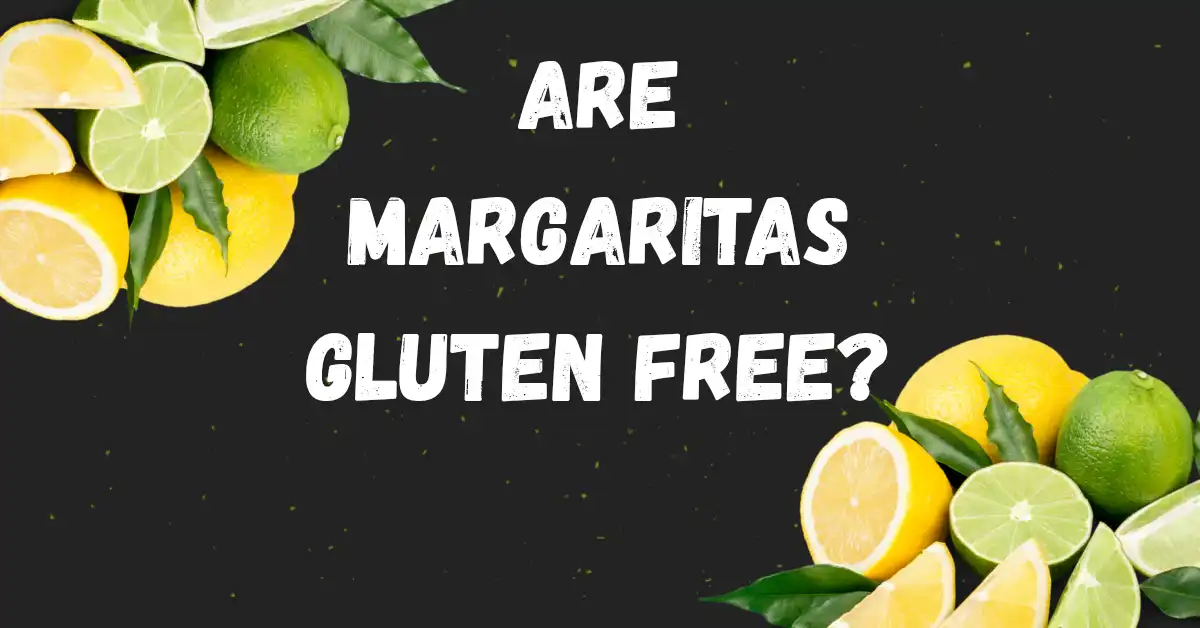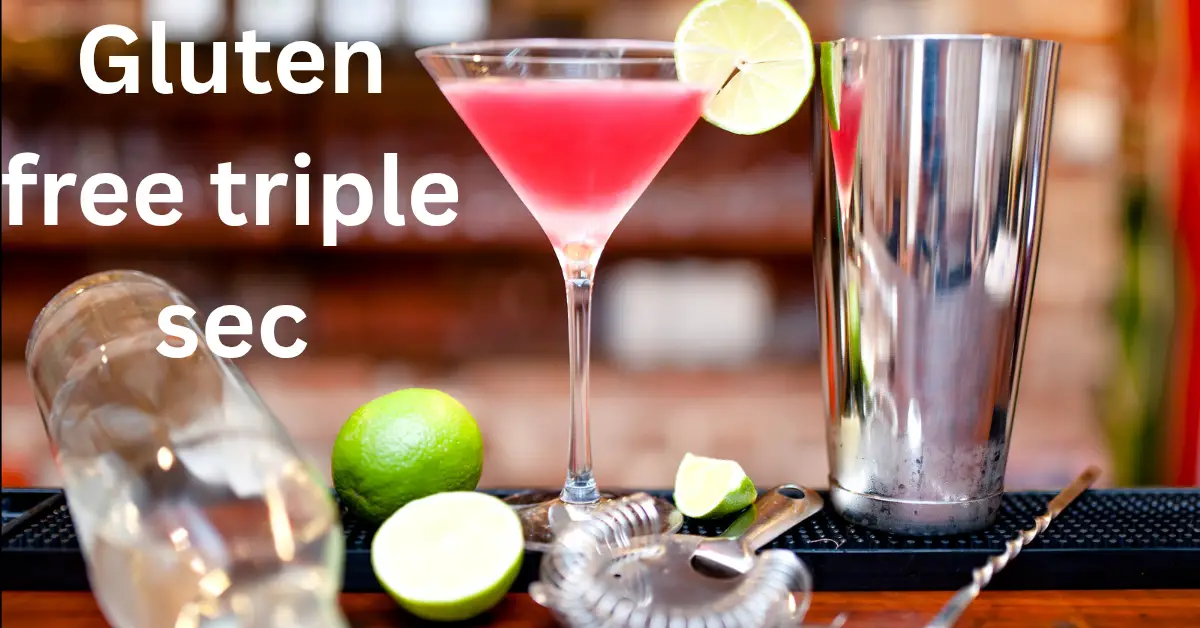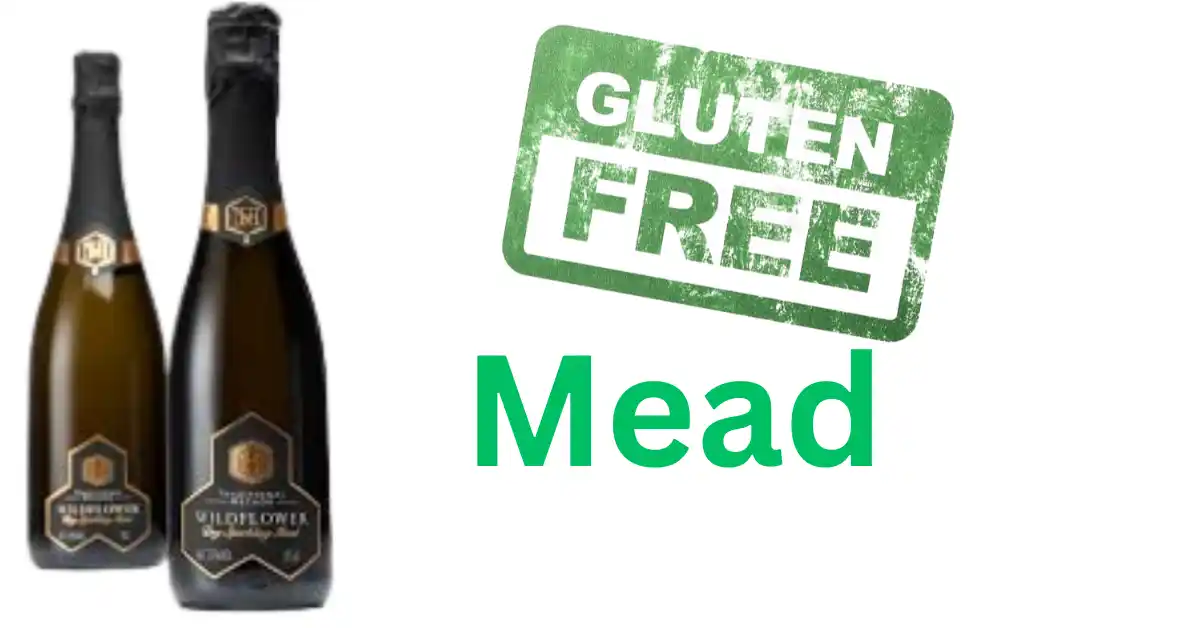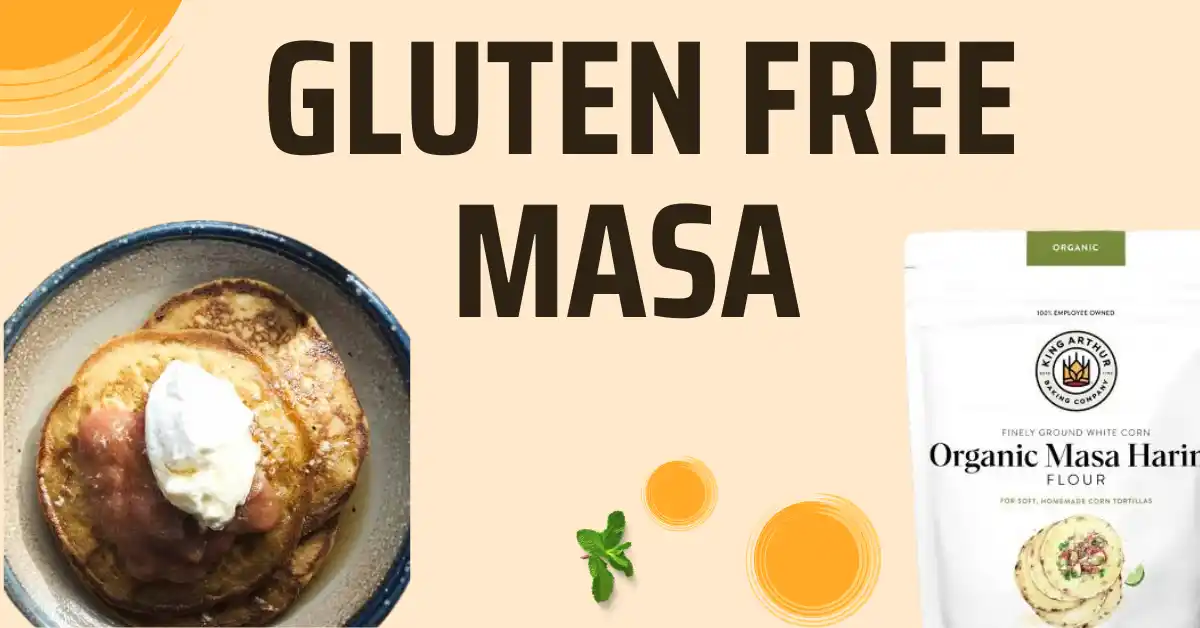Introduction to Gluten-Free Communion Bread
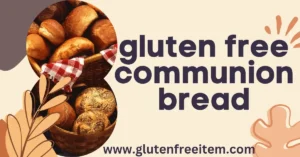
Table of Contents
ToggleThe Lord’s Supper, or Holy Communion, is one of the most important traditions in the Christian faith. In this sacred moment, bread is broken and shared as a remembrance of Christ’s body. Traditionally, this bread has been made from wheat flour. Yet for many be today, eating wheat isn’t possible.
Gluten, a naturally occurring protein in wheat, barley, and rye, causes serious health complications for millions. People with celiac disease must completely avoid gluten, as even microscopic amounts can damage their intestines. Others live with gluten sensitivities or allergies that cause uncomfortable reactions. For these individuals, participating in communion with traditional bread isn’t just difficult — it’s unsafe.
That’s why gluten-free communion bread has become a necessity. Churches and individuals alike are discovering recipes and store-bought alternatives that preserve the sacred symbolism while protecting the health of worshippers.
This article explores the topic in detail. You’ll learn why gluten-free communion bread matters, how to make simple recipes at home, vegan and almond flour variations, what options exist in Catholic settings, and the best breads available. By the end, you’ll have a clear roadmap for ensuring that communion remains inclus
Why Gluten-Free Communion Bread Matters
Gluten-free communion bread isn’t just a dietary choice; it’s an act of spiritual inclusivity and compassion. Let’s take a closer look at why it matters so deeply.
Inclusion in Worship
Communion symbolizes unity within the body of Christ. When some members are excluded due to dietary restrictions, the message of unity is weakened. Offering gluten-free communion bread ensures every believer can fully take part in this sacred act without hesitation.
Health and Safety
For those with celiac disease, eating gluten can trigger an autoimmune response, damaging the small intestine and leading to nutrient deficiencies, anemia, and long-term health risks. Even those without celiac but with gluten sensitivities can suffer from headaches, fatigue, or digestive pain. A church that provides gluten-free bread actively protects its congregation’s health.
Pastoral Care and Compassion
Providing safe communion bread is a visible way of saying: “You belong here. Your health and participation matter.” It shows attentiveness not just to spiritual needs but also to physical wellbeing, aligning with the Christian principle of loving one’s neighbor.
Tradition with Adaptation
Some fear that changing bread might disrupt tradition. Yet, the essence of communion is not bound to gluten. Bread in its simplest form — whether from wheat, rice, or almond flour — symbolizes the same truth: Christ’s body, broken for us. Churches worldwide are realizing that adapting to gluten-free bread doesn’t compromise theology; it strengthens inclusion.
Gluten-Free Communion Bread Recipe
One of the simplest ways to ensure safety is to bake bread yourself using certified gluten-free flours. Doing so allows control over ingredients and avoids the risk of cross-contamination.
Ingredients
-
1 cup certified gluten-free flour blend
-
½ cup rice flour (or sorghum flour for more flavor)
-
2 tablespoons olive oil
-
½ cup warm water
-
¼ teaspoon sea salt
Method
-
Preheat oven to 375°F (190°C).
-
Combine the gluten-free flour, rice flour, and salt in a mixing bowl.
-
Add olive oil and stir until the mixture looks crumbly.
-
Slowly add warm water while mixing until dough forms.
-
Roll the dough thin on parchment paper.
-
Cut into small rounds or squares, symbolizing the body of Christ.
-
Bake for 8–10 minutes until golden.
-
Allow to cool completely before serving.
This recipe produces crisp yet tender bread that stores well for several days in an airtight container.
💡 Pro Tip: Bake on a dedicated tray to avoid wheat residue if your kitchen handles regular bread.
Gluten-Free Vegan Communion Bread Recipe
Some members avoid animal products entirely. To ensure inclusivity, churches can prepare a gluten-free vegan communion bread recipe.
Ingredients
-
1 cup almond flour
-
½ cup tapioca starch
-
2 tablespoons olive oil
-
½ cup warm water
-
Pinch of sea salt
Method
-
Mix dry ingredients in a bowl.
-
Add olive oil and water, stirring until dough forms.
-
Roll out thin and cut into symbolic pieces.
-
Bake at 350°F (175°C) for 12 minutes.
-
Cool before serving.
This bread is soft, light, and free from dairy, eggs, and gluten. It respects vegan diets while maintaining communion symbolism.
Gluten-Free Communion Bread Recipe with Almond Flour
Almond flour is a popular choice for communion bread due to its natural sweetness, texture, and nutritional benefits.
Recipe
-
1 cup almond flour
-
¼ cup coconut flour
-
2 tablespoons olive oil
-
½ cup water
-
Pinch of baking soda
Mix ingredients, roll flat, and bake at 350°F (175°C) for about 10 minutes.
Health Benefits of Almond Flour
-
Protein-rich – builds strength and sustains energy.
-
Vitamin E – protects cells with antioxidants.
-
Low-carb – ideal for diabetic or low-carb congregants.
-
Naturally gluten-free – safe for those with sensitivities.
This recipe creates slightly denser bread, perfect for symbolic breaking during communion.
What Are the Gluten-Free Options for Communion?
Churches often ask: “What options do we have?” Thankfully, there are several.
Store-Bought Gluten-Free Communion Bread
Christian supply stores and online retailers sell certified gluten-free wafers and loaves. These are pre-packaged, safe, and convenient for large congregations.
Homemade Communion Bread
Smaller congregations often prefer homemade bread. Recipes like those above allow personalization, prayerful preparation, and cost savings.
👉 For reliable health information on gluten safety, visit the Celiac Disease Foundation.
Is Catholic Communion Bread Gluten-Free?
This question requires nuance. According to Vatican guidelines:
-
Hosts must contain some wheat to be valid.
-
Completely gluten-free hosts are not permitted.
-
Low-gluten hosts are acceptable, containing trace wheat but safe for many.
-
Those who cannot tolerate even low-gluten hosts may receive the chalice (wine) only.
Catholics with dietary needs should speak with their parish priest about available options.
What Is the Best Gluten-Free Bread to Eat if Gluten-Free?
Outside of worship, gluten-free bread can be a challenge. Many brands struggle with texture or taste, but several stand out:
-
Udi’s Gluten-Free Bread – airy, soft, and widely available.
-
Schär Bread – popular in Europe and North America, flavorful and shelf-stable.
-
Canyon Bakehouse – hearty slices with homemade texture.
These breads are ideal for everyday use and can inspire communion-friendly recipes.
Best Gluten-Free Communion Bread – Top 5 Recommendations
Based on availability, inclusivity, and health, here are five strong options:
-
Store-bought certified gluten-free wafers.
-
Almond flour bread (nutritious and symbolic).
-
Vegan-friendly gluten-free recipe.
-
Simple rice flour bread.
-
Low-gluten Catholic hosts.
Each option ensures safety and inclusivity without compromising reverence.
Here are some good options for gluten-free communion bread
- Elic Disease Foundation – Gluten-Free Resources
- National Celiac Association – Communion and Gluten-Free Hosts
- USCCB – Guidelines for Communion Hosts
How to Choose the Right Gluten-Free Communion Bread
When selecting bread for your congregation, consider:
-
Certification: Look for “certified gluten-free.”
-
Texture: Should be breakable but not crumbly.
-
Dietary inclusivity: Vegan and nut-free if needed.
-
Tradition: Keep recipes simple, without yeast or sugar.
-
Safety: Avoid contamination in baking or serving.
👉 Internal tip: Read our detailed gluten guide to avoid hidden gluten sources.
Gluten-Free Food Guide
Looking for a complete gluten-free shopping list? Visit our Gluten-Free Food Guide for more essential resources. For more details, visit the Official website
FAQs
1. Can I make gluten-free communion bread at home?
Yes, using certified flours and simple recipes, you can safely prepare communion bread.
2. Is Catholic communion bread fully gluten-free?
No. Catholic law requires wheat, but low-gluten hosts are available.
3. Are gluten-free wafers safe for celiacs?
Yes, if purchased from certified suppliers and free from cross-contamination.
4. What is the healthiest gluten-free communion bread?
Almond flour bread provides protein, antioxidants, and low carbs.
5. Can vegan members receive gluten-free communion bread?
Yes. Vegan recipes ensure inclusivity without dairy or eggs.
6. Where can churches buy gluten-free wafers?
From Christian supply stores and trusted online retailers.
Conclusion
Communion is about unity and remembrance. No believer should be excluded due to dietary needs. Offering gluten-free communion bread is a simple but powerful way to show care, inclusivity, and faithfulness to tradition.
Whether you choose store-bought certified wafers, almond flour recipes, or vegan-friendly bread, the heart of communion remains unchanged. By adapting thoughtfully, churches ensure all members can partake fully and safely in this sacred act.
Related Posts:-

